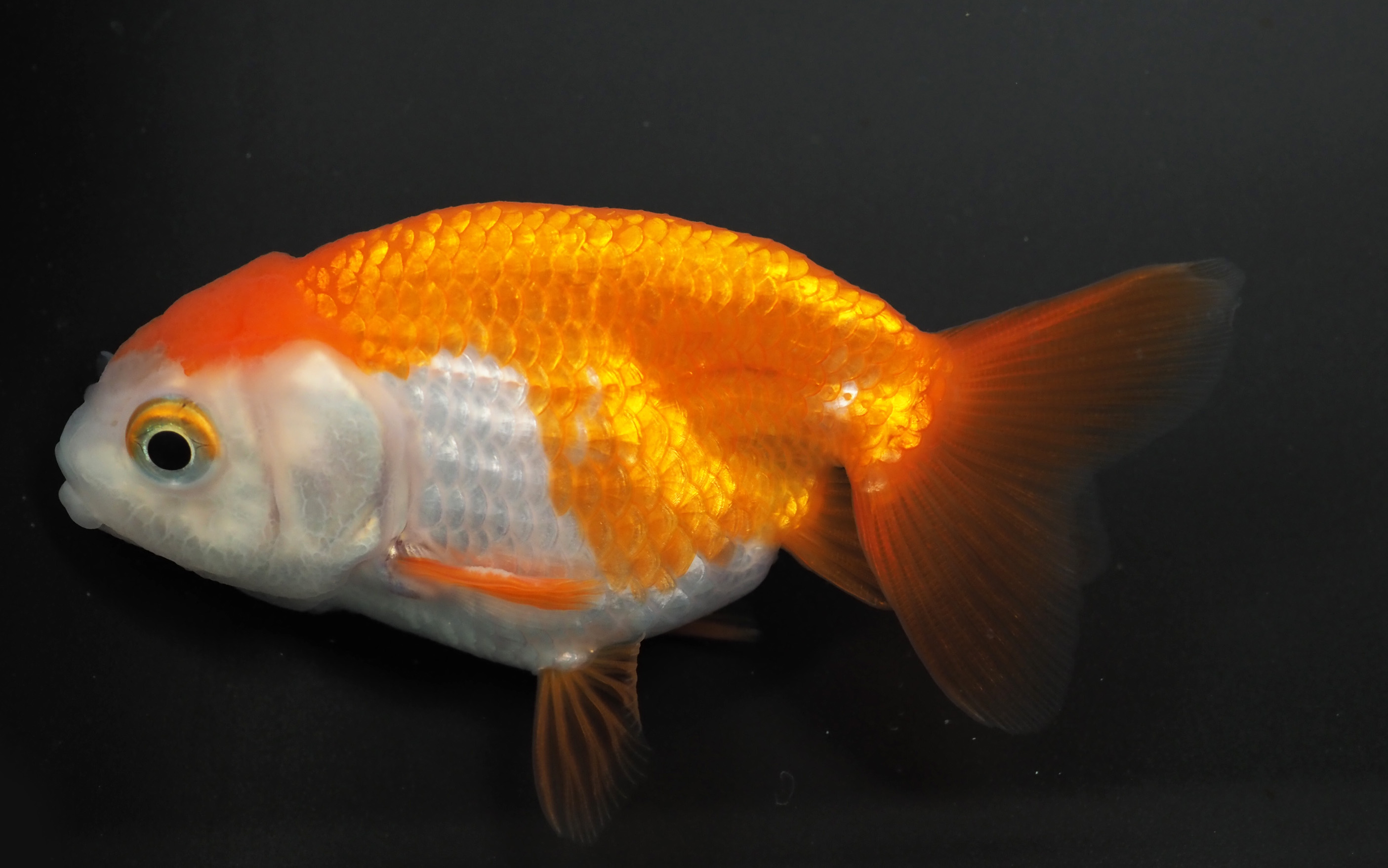Pleiotropic functions of chordin gene causing drastic morphological changes in ornamental goldfish
- Author:Hsiao-Chian Chen, Chenyi Wang, Ing-Jia Li, Gembu Abe & Kinya G. Ota
- Journal: Scientific Reports volume 12, Article number: 19961 (2022) https://www.nature.com/articles/s41598-022-24444-7
Breeders and fanciers have established many peculiar morphological phenotypes in ornamental goldfish. Among them, the twin-tail and dorsal-finless phenotypes have particularly intrigued early and recent researchers, as equivalent morphologies are extremely rare in nature. These two mutated phenotypes appeared almost simultaneously within a short time frame and were fixed in several strains. However, little is known about how these two different mutations could have co-occurred during such a short time period. Here, we demonstrate that the chordin gene, a key factor in dorsal–ventral patterning, is responsible not only for the twin-tail phenotype but also for the dorsal-finless phenotype. Our F2 backcrossing and functional analyses revealed that the penetrance/expressivity of the dorsal-finless phenotype can be suppressed by the wild-type allele of chdS. Based on these findings, we propose that chdSwt may have masked the expression of the dorsal-finless phenotype, acting as a capacitor buffering gene to allow accumulation of genetic mutations. Once this gene lost its original function in the twin-tail goldfish lineages, the dorsal-finless phenotype could be highly expressed. Thus, this study experimentally demonstrates that the rapid genetic fixation of morphological mutations during a short domestication time period may be related to the robustness of embryonic developmental mechanisms.
